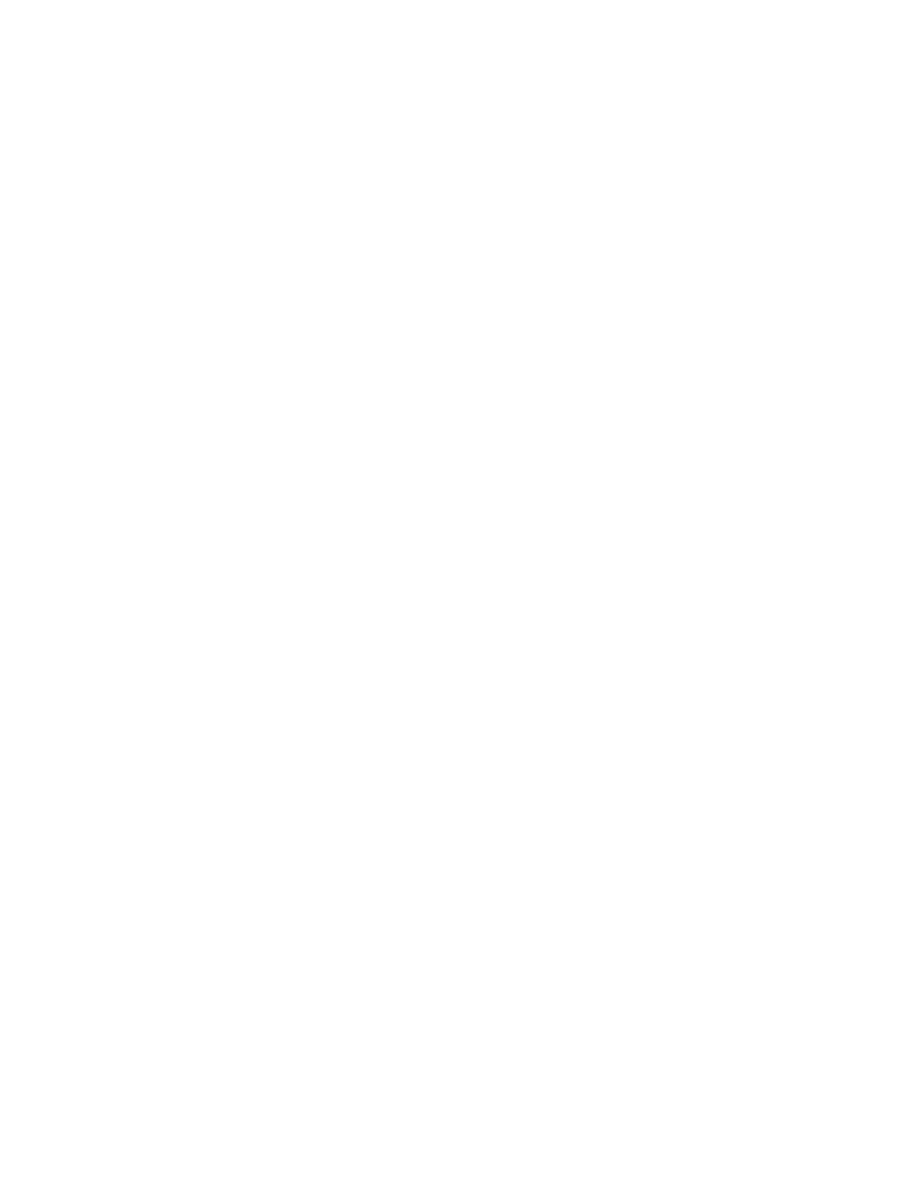
engine blocks is in the junk pile behind engine shops. These usually have the big advantage of
being de-greased!
You will need a smaller cast iron block for the vertical slide.
Well, not exactly at this stage but you will need it when assembly first begins and it is easier to
search for it while you are searching for the "big" block. What ever you choose, it needs to be as
short and heavy as possible. An iron V6 will probably work fine or look for a very common
small Dodge D50 truck four cylinder block. I've used everything from a Model A Ford to a
Volvo turbo block.
(2) 4' of 4" OD "round" (if possible, most is not truly round) pipe for the over arm. Remember
that the overarm may not be needed for some machines but is critical for others. At the very
least, make the #1 cylinder bore able to be retro-fitted to an available size of pipe without having
to take the entire machine apart to have it re-bored later.
(3) A 20?" long piece of extra-extra heavy wall 2 1/2" xxhw pipe or a similar sized hollow bar to
use for the spindle. The length of course depends on the size of the engine block that you use.
Try to leave at least three extra inches of spindle outboard of the pulley. Different kinds of
tooling like a traveling head boring bar may need this space. Try not to settle for less than a 1
3/4" spindle bore on a short bed lathe that is to be used for a wide range of projects.
(4) 2 roller bearings and a flange or home cast thrust bearing The roller bearings could be
anywhere from about 2 1/8" to 2 ¾" ID (assuming 2 1/2" xxhw pipe) and between 3 7/8" and 4
1/8" OD. The flange bearing (third spindle bearing) bore could be a little smaller than the roller
bearing IDs and the pulley bored slightly smaller still. Think seriously about using those Metric
100 mm spindle bearings.
(5) A threaded chuck or back plate to test the spindle thread if you are going to use a threaded
spindle.
(6) A 1 1/2"" slice of 3-1/2" steel shaft or a similar sized ZA-12 casting that can be bored to fit
the spindle. It will be needed for the bearing adjuster. Get at least 6 extra two inch "slices" for
horizontal mill arbors, boring heads, fly cutters, thrust bearings etc.
(7) A 2" washer for the floating part of the adjuster.
(8) A 1 or 2 groove 12" OD pulley that can be adapted to fit the end of the spindle.
(9) An approx. 6" long piece of 3 1/2" pipe to make into a separator for the roller bearings.
Important, length is bore length less the width of the bearings. This spacer "floats in the
cylinder so it should be just a few thousandth of an inch smaller than the bore, use shim stock
and Locktite to make a snug fit because a loose fit can be the source of strange noises. Ends
must be accurately machined or the bearings will slightly "cock" and cause great trouble!
The spindle can be slightly undercut in the area underneath this spacer to make it easier to press
on the front bearing.
.
(10) Used head gaskets for both blocks. (an easy way to mark holes but not absolutely necessary)
23

